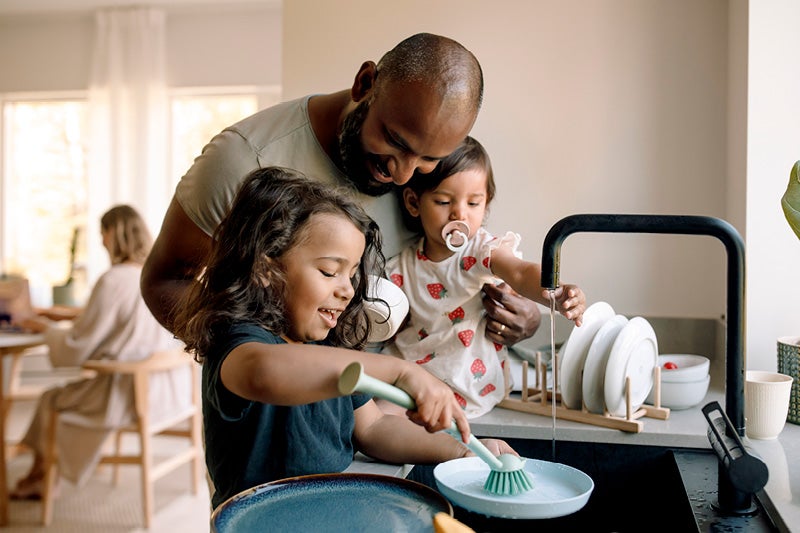What’s silently harming your family in your home
October 20, 2025Categories: Pediatrics Care, Wellness

Overview: Carbon monoxide is a type of poisonous gas that’s not something you can smell, taste or see, which makes it difficult to detect. By taking preventative measures, you can protect your family.
Carbon monoxide (CO) is a type of poisonous gas, which is commonly sourced from heaters, vehicles that burn gasoline and gas stoves. The concern is carbon monoxide—also known as the “invisible killer”—isn’t something you can smell, taste or see, which makes it difficult to detect.
Carbon monoxide is harmful to everyone, but children are affected faster. Learn how you can protect your family from CO poisoning.
Why does carbon monoxide affect children faster than adults?
When children breathe in carbon monoxide, it affects the blood’s ability to transport oxygen throughout their body. It’s particularly dangerous for children because they breathe faster and inhale more CO.
What are the symptoms of carbon monoxide poisoning?
You may think you just have the flu, but in fact, it could be carbon monoxide poisoning.
Carbon monoxide poisoning symptoms:
- Headache
- Dizziness
- Nausea
- Fatigue
- Weakness
- Confusion
- Irritability
If exposed for too long, it could lead to a coma or death.
How can I protect my family from carbon monoxide poisoning?
Follow these dos and don’ts to prevent carbon monoxide poisoning.
Do:
- Install CO detectors throughout your home (every level of a multi-story home).
- Test each CO alarm every month to ensure they’re working properly.
- Evacuate your home immediately if a CO alarm sounds.
Don’t:
- Use gas stovetops and ovens as a heating supplement.
- Cover space heaters as they need to be properly vented (follow the manufacturer’s guidelines).
- Leave a vehicle running to “warm up” in the garage or other enclosed spaces.
- Use grills or hibachis in poorly ventilated spaces.
If you or a loved one experience symptoms related to carbon monoxide poisoning, call 911 and travel to your nearest emergency department. Learn about MercyOne Children’s Hospital.
This blog was medically reviewed by a MercyOne provider.
